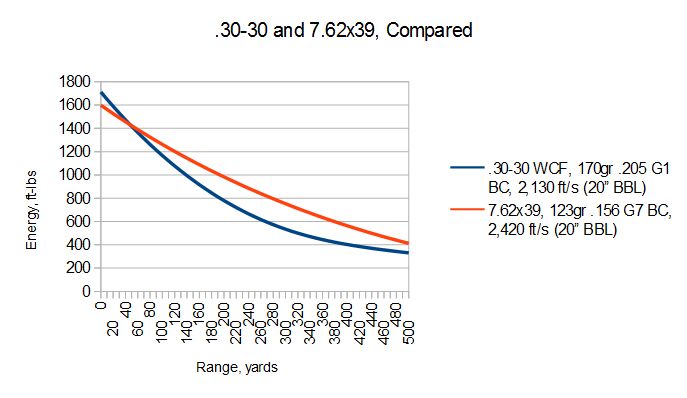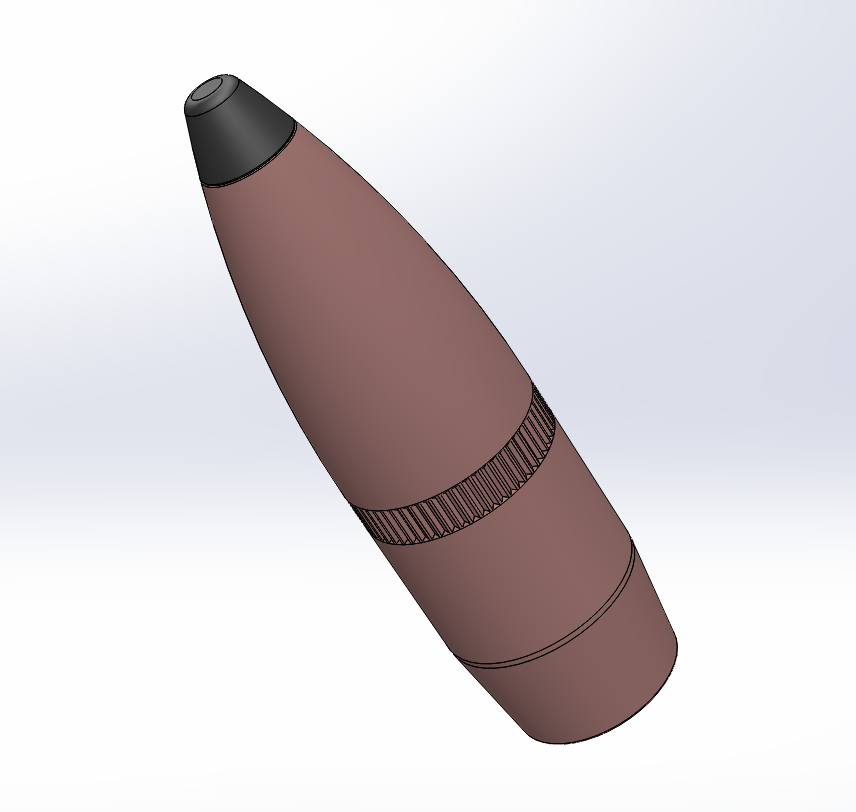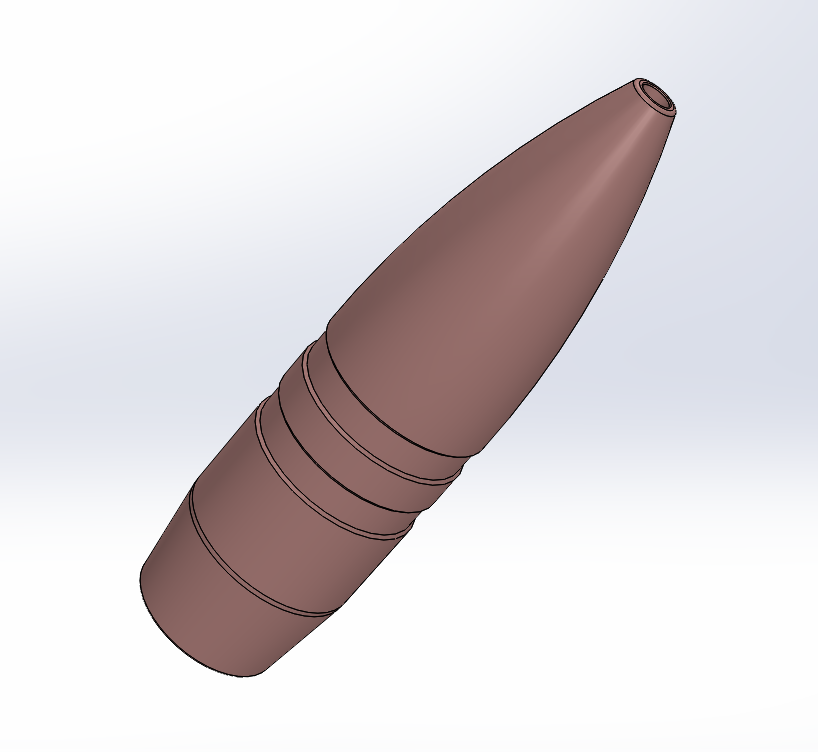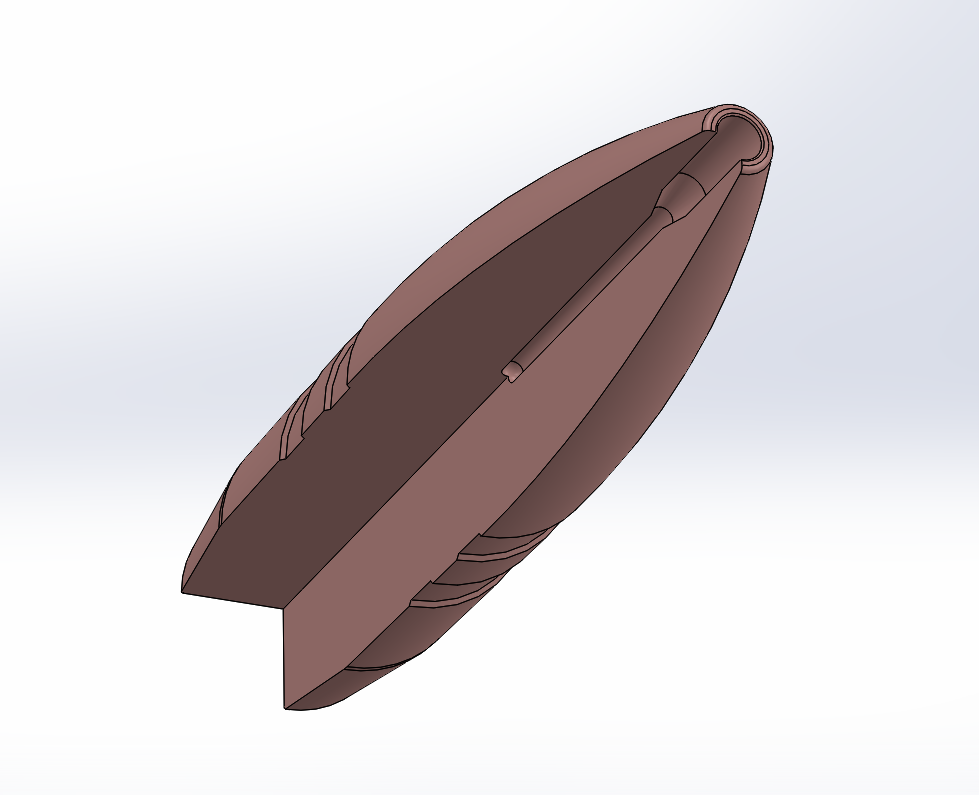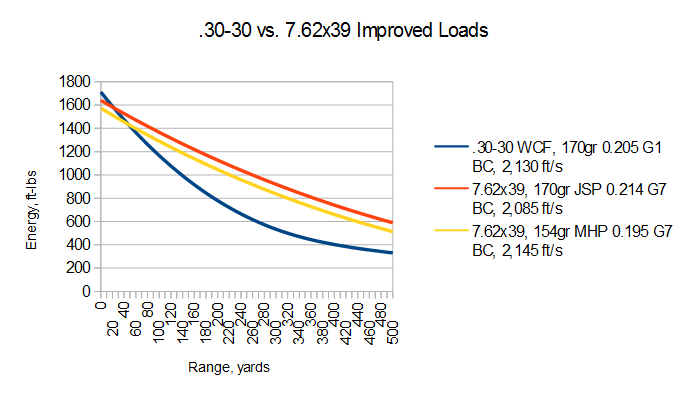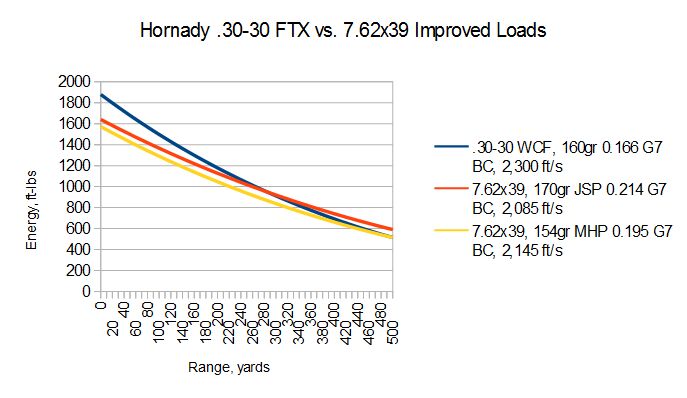What if there was a caliber that was suitable for everything from coyote to brown bear, kicked less than your whitetail gun, fit in a micro-length (2.25″/58mm) action, and cost a quarter a round to shoot? That would be a pretty awesome caliber, wouldn’t it? It turns out that this caliber might already exist, if the industry can fulfill its potential: It is the Russian 7.62x39mm caliber used by the infamous AK-47 rifle.
Wait, what? Hear me out; right now the 7.62x39mm in America is a popular home defense/”fighting carbine” caliber, and also commonly used as a whitetail caliber especially when combined with inexpensive military surplus SKS carbines, but my readers are probably thinking right now that pushing the caliber into service against bears is just asking to become a headline. Maybe they’re right about that, but let’s take a look anyway at what else we can do with the little Soviet Short .30, aside from the 120-125gr loads that dominate the market right now.
Step Aside, .30-30
The .30-30 Winchester Center Fire is a venerable caliber that has been used to take just about every game animal in North America. It has benefitted from heavy, high sectional density bullets with reliable performance and good recoil characteristics, as well as having light and handy rifles chambered for it, and as a result has become an extremely popular caliber in the United States for use against most medium game animals. Once upon a time, before the magnum craze, it was considered one of the best general purpose game calibers there was, being acknowledged as suitable for game up to and including moose and bear.
Perhaps it’s for the best that we don’t live as dangerously now as our forefathers did, but there’s no doubt that the .30-30’s characteristics make it one of the best hunting calibers available. Today, though, it’s showing its age: A large rim, and (by today’s standards) long overall length mean that the .30-30 is essentially in the same size bracket as the .308 Winchester, a much more powerful round with far better ballistics. This has led to its strict relegation to the lever-action market, where the .30-30’s stubby round-nosed bullets allow the use of low profile tubular magazines.
It may not be well-known, but it is a fact that the better ballistic shape of the 7.62×39 gives it vastly better energy retention characteristics than the .30-30 with its round-nosed bullet (although innovations like Hornady’s flex-tip bullets have improved .30-30’s ballistics). With a standard-weight 123gr bullet, 7.62x39mm from the 20″ barrel of an SKS outpaces .30-30 in energy from the same length barrel by just 50 yards, so poorly shaped is the bullet of the old WCF.
Where .30-30 shines is that factory loads with much heavier bullets (up to 170gr) are widely available; besides a handful of hard-to-come-by 154gr soft point loads (sometimes of dubious reliability), 7.62×39 is basically stuck with much lower sectional density 120-125gr bullets. Yet, if the .30-30 can accommodate such heavy bullets, why not 7.62×39? To find out what sort of performance the 7.62×39 could attain with a heavier bullet, I fired up SolidWorks, a Powley Computer, and an Excel spreadsheet, and in the process I created something promising:
That is a boattailed 170gr (actually 169.9 grains, or 11.01 grams) soft-point bullet, compatible with both the SAAMI and CIP 7.62×39 specifications, and designed with a locked, tapered jacket. With an average calculated i7 form factor of 1.165 from Mach 1.1 to 2.2 (via the JBM drag calculator), it has an 0.214 G7 BC, making it approximately twice as aerodynamically efficient as the classic round nosed 170gr .30-30 bullet.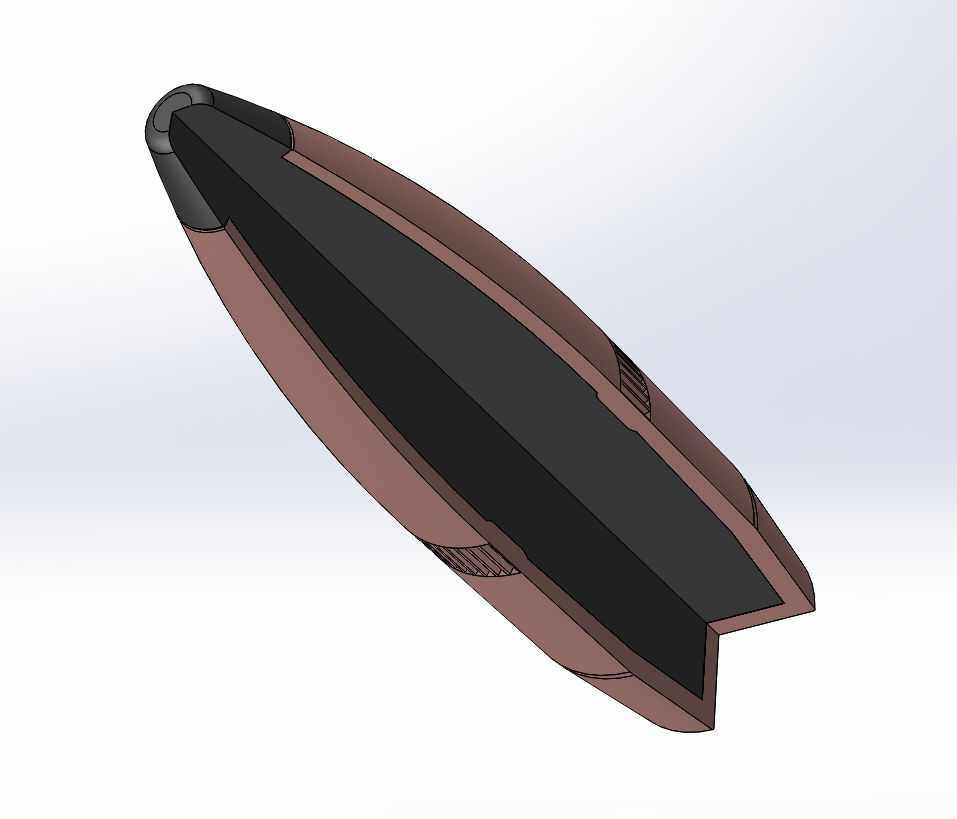
What could this projectile do from the 7.62×39 case? I calculated an estimated muzzle velocity of 2,085 ft/s from a 20″ rifle barrel, such as that of an SKS, just a hair’s breadth away from the 2,130 ft/s nominal velocity of the comparable load for .30-30.
What if you live in California? Based on the same design, I also created a 154gr monolithic gilding metal hollow point with a 0.195 G7 BC:
The lighter weight bullet improved estimated velocity by 60 ft/s, for 2,145 ft/s.
How do these concepts compare to the old 170gr .30-30? Take a look:
The 170gr load beats .30-30 for energy by a mere 25 yards; the 154gr beats it by 50 yards, and the disparity only increases from there. By 200 yards, commonly regarded as the maximum range for the .30-30, the 170gr 7.62×39 enjoys a massive 51% energy advantage with 1,178 ft-lbs, while the 154gr pulls ahead of the WCF by 34% with 1,046 ft-lbs. To put it another way, the 170gr 7.62×39 load enjoys the same downrange energy at 360 yards as the .30-30 does at 200; the 154gr likewise at 330 yards!
Even if granddad did hunt bear with the modest round-nosed .30-30, though, I must admit that times have changed, and even the technology of the world’s first commercial smokeless round has advanced. Hornady’s 160gr FTX load for the .30-30 is both tube-magazine-safe, and much superior to the classic round nosed loads in ballistics. Let’s see how it compares to the improved 7.62×39 hunting loads:
A much better showing on the .30-30’s part, but even this improved load only offers an additional 10% energy at 90 yards versus the 170gr 7.62×39; by 290 yards, it too has fallen behind the improved Russian caliber. It does a bit better against the 154gr load, though, staying above its energy level (just barely) out to 500 yards, which is well beyond game-taking ranges for these calibers.
Where Do We Go Now?
What I’ve produced here are just a series of models and estimates, but the results were nonetheless promising. A round that can approach even the best modern .30-30 loads in performance, while fitting into a micro-length action is probably something worth pursuing. Even better, no new chambering is required, avoiding a costly and risky marketing effort to sell the American hunter on yet another novel caliber. Already, thousands of SKS rifles around the country are being used to hunt whitetail, and these are entirely compatible with new bullets like the ones shown above, thanks to a tight 1-in-9 military twist rate. The popular CZ 527 Carbine in 7.62×39 would be another beneficiary already on the market; new projectiles like these would take those rifles from handy hog plinkers to incredibly capable do-it-all carbines, equally suited to relaxed target practice and brush-busting game hunts alike. Those reasons alone make these bullet concepts highly interesting, at the very least.
The applications go beyond what’s already waiting on the market now, though. A micro-length .30-30 equivalent carries even more promise. New rifle designs, created to take advantage of the newfound versatility of 7.62×39, could overturn the current hunting rifle landscape. Imagine a reliable, classically-styled selfloading rifle with optional 5.56mm, 7.62x39mm, .300 Blackout, and .204 Ruger chamberings, or a straight-pull bolt action designed to fully exploit the speed of a short action length. For lever gun fans, why not a revived and improved micro-action Savage 99? With such a short lever stroke, it could combine in one rifle the power and versatility of a Marlin 336 and the handling and speed of a CAS Winchester 1892. Any of these rifle concepts could find a home in the den of the modern hunter; the question is whether the industry is willing to embrace them, and the 7.62×39 as a true sporting caliber.
We are committed to finding, researching, and recommending the best products. We earn commissions from purchases you make using the retail links in our product reviews. Learn more about how this works.
 Your Privacy Choices
Your Privacy Choices

